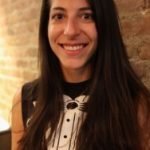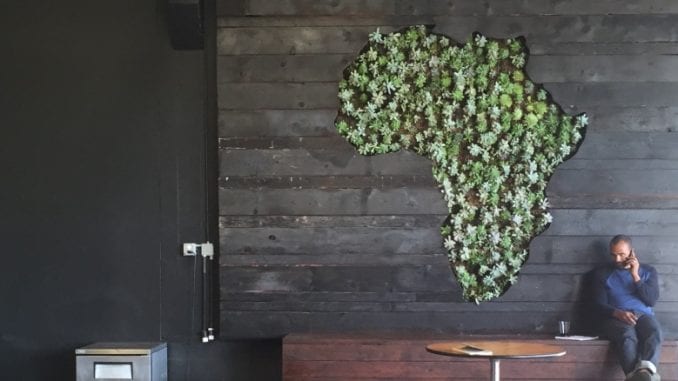
Keba Konte owns Red Bay Coffee in Oakland, Calif. He talks to us about the evolution of coffee in the Bay Area, building a diverse staff, and the intersection of coffee and art.
BY ASHLEY RODRIGUEZ
BARISTA MAGAZINE ONLINE
Keba Konte owns Red Bay Coffee in Oakland, Calif., a wholesale roaster with a couple of retail spaces. He’s been a coffee pioneer in the Bay Area for over 10 years, and has been recognized for his commitment to fair and equitable working conditions for his staff, and for drawing talent from his community. We toured the Red Bay roastery in the Fruitvale neighborhood of Oakland, and learned more about Keba’s vision for his business and how to be a better, fairer leader within coffee.
Ashley Rodriguez: You were in retail first, and then switched to roasting coffee. Tell us more about your coffee career.
Keba Konte: I’ve been in specialty coffee for over 10 years. I started Guerilla Coffee in North Berkeley in 2005, and then opened another café in San Francisco at City College in 2012 called Chasing Lions. We have about 700 customers there everyday. I started roasting in 2010—just home roasting on the whirly pop, using coffee from Sweet Maria’s and doing small little batches. I met an Ethiopian woman who had a café in the Temescal neighborhood of Oakland called Sidamo. I went in there one time—she literally had a hot plate, a wok, and a wooden paddle, and the place was smoking. I was serving Blue Bottle at the time, and had toured large-scale roasteries before, but had never seen roasting on a small scale before. It was eye opening and demystifying for me. That was the inspiration for me. I then got a wok. I didn’t really like that, so I got a skillet. Then I watched a YouTube video and bought my Whirley Pop.
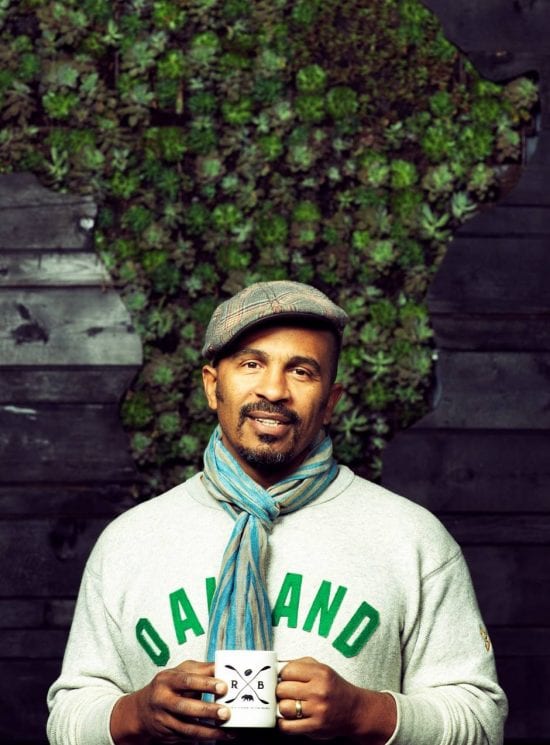
Every time I was in a thrift store, I’d buy one. Sometimes I’d buy new ones but mostly used. The plastic gears would melt and wear out—I have a pile of old Whirley Pops. It taught me a lot about coffee and the process. Even when it’s inside here (pointing to the roaster), you’re still separated. There, it’s like you’re watching it at every stage, smelling and taking in all the sensory milestones.
AR: Red Bay is a wholesale and retail business—and you’re opening up a new café in your roastery. Is there anything you guys don’t do? What do you do day to day?
KK: We have about 25 employees. We do two farmers markets, our café downtown. We do wholesale and retail. We source our coffees.
Day to day, I’m raising money. I’m recruiting talent. I’m keeping my managers inspired and accountable, but also helping them remove obstacles to help them do their jobs better. I also do business development, and I’m always thinking about new opportunities.
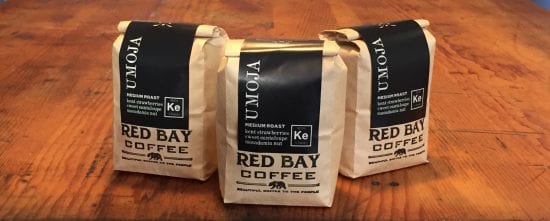
Something I’m also passionate about is product development. It’s something I can’t help but do—I just have these ideas. Before I got into coffee, I was an artist. I’m always thinking in different ways about how to use materials. I designed a dripper. It’s not out yet, but it’s a unique take. It’s something I haven’t seen on the market yet. I’m also making a cascara chutney. I don’t know what we’ll do with it yet—maybe we’ll just put it on toast when we open our new space.
AR: When is your retail space in the roastery opening?
KK: It’s pretty much ready to go. It’ll be a retail space and a test kitchen and it’ll be open to the public. You can see the office, the production space, the roaster, the training lab. Really, the whole story is right here, and that was intentional. Training and education is something that’s important to us. Our tagline is, “Beautiful coffee to the people.” And the phrase, “to the people,” really means to me specialty coffee made more accessible. We’ll be offering classes and high-level training, and in the spring a Q-grader course. We’re going through the process of being an SCA-certified training lab. We’ll be offering anything from a two-hour class on brewing better coffee at home to a Q-grader course—and a lot of things in between.
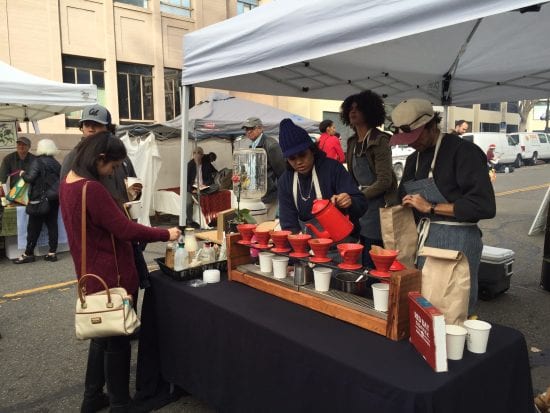
AR: You’ve been in coffee a long time. How have you seen the industry change?
KK: I was born and raised in San Francisco, and have been in Oakland for 20 years. We were Blue Bottle’s first wholesale café account. So that was pretty early on in the third wave movement. I feel like I had a front row seat in this movement for the last 12 years.
I did retail for so long, and then I got excited about taking a step back in the value chain, and getting closer to origin, which you don’t really have a role in if you’re just a retail store. But when I was an artist and photojournalist, traveling was a big part of what I did, and that was important to me. So to do this was to learn to build new teams, learning about roast profiles and development, and just the economic opportunities and to take that economic platform and to raise more boats and to champion for people who are usually left out of specialty coffee.
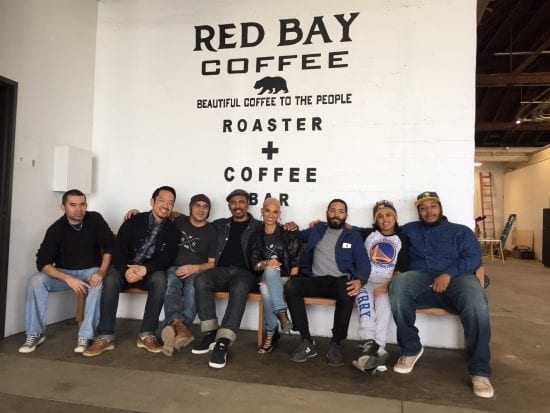
KK: Part of it is, one: People end up hiring people that are their friends or in their network, not maliciously, but that’s just who they know and what they tune into without being very intentional about what they want to reflect or going out of their comfort zone to make that happen. The industry gets insulated and there’s an echo chamber, and I think that even gets reflected in the flavors of coffee. If you don’t have a really diverse palate, you’re all referring to a limited selection of tastes. There are some real life implications to a lack of diversity in specialty coffee.
So I made [diversity] my mission. We for sure did that in our cafes. Just giving other folks an opportunity to be here and do things like roast coffee.
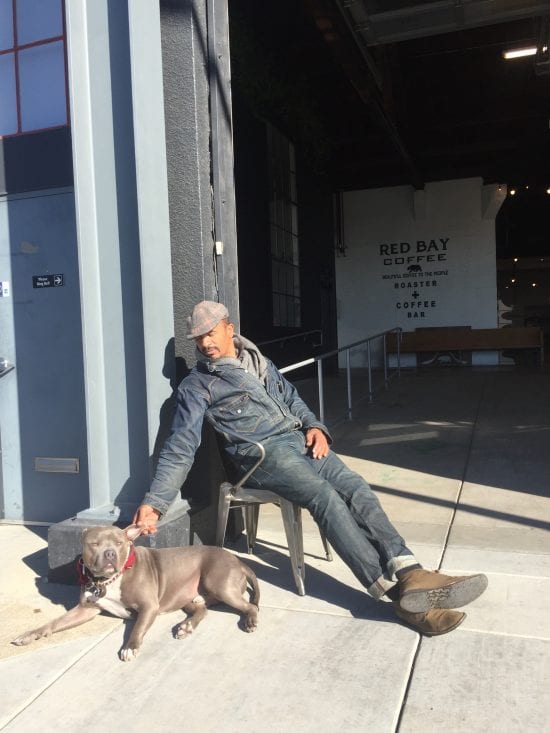
AR: How do you approach hiring?
KK: I recruit. For instance, I brought on our Director of Coffee (Kaleb Houston) from Dandelion Chocolate. There are definite parallels between coffee and specialty chocolate, but did he have coffee experience? No. If you’re looking and only thinking about who’s in specialty coffee, and that’s your only experience that you’ll accept, then you limit yourself. So first of all, if [diversity] is your intention, and you want to do it, you’ll find a way—otherwise, you’ll just end up hiring your friends and people in your immediate network.
I do have a more diverse network, and it is easier, but now that so much has been written about that aspect of our mission, people now seek us out and send applications our way. It’s about signaling that you’re an accepting environment. If you set up a place and it doesn’t feel comfortable for people outside of your niche subculture, then it would take a lot for someone to apply outside and think they can get a job. Honestly, if you make it a priority, it’s not that hard.
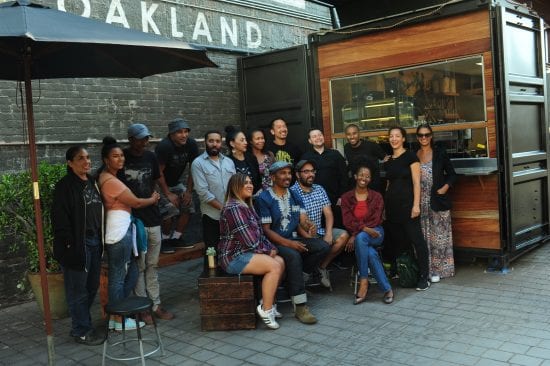
I mean if you’re serious, put up a job posting, find your black friend, and ask them where to post. Go to a school and post at the black student union. Go to a church. Where are you going to post? On a coffee website? No, that’s just posting in the echo chamber.
AR: What makes you a successful leader?
KK: Communication is important. We have regular meetings. I hire people who are talented and have drive. I have high standards—this is a competitive field, and I’ve invested, quite frankly, everything. I can’t fail. I have no room to fail. I hire slow and take my time, and then when I do hire someone, I try to remove obstacles for them. If someone is having a challenge, I have enough experience in life that I can coach him or her through it. I problem-solve with my staff, and we’ll do a roundtable talking about what’s happening—that gives the whole staff an overview of what else is happening throughout the company. And training. If someone is in order fulfillment, or whatever—even if they’re not in direct coffee engagement, they’ve been trained. We all cup together, and I’m approachable. They know they can talk to me if they have any issues.
AR: Before coffee, you were an artist. How does your artistic background affect your work today?
KK: Essentially, I’m a maker. I’ll always revert to making things.
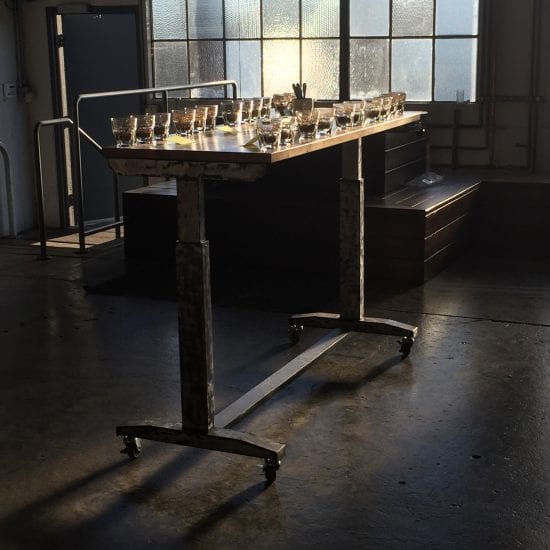
Beauty is not just the taste or aesthetic. If you get a perfect latte but with beans grown by a child slave, that’s not beautiful. We’re talking about making fair relations with people throughout the supply chain. A lot of people are talking about doing good work in terms of direct trade and higher wages for farmers, but that argument goes flat for their minimum wage baristas here. We’re continually looking for ways to give baristas higher wages.
AR: What are some of the ways that have been successful?
KK: In our retail locations, we basically sell them coffee as a wholesale account, and the workers keep the profits. We crowdfunded the money to build out the space, so we didn’t take a loss to build it. Here, we also do a crowdsharing—10 percent of profits are shared amongst the staff. Our highest paid employees are paid a little bit less, but our lowest paid are paid a little bit more. Our entry pay is $15/hour for everyone across the board. We also support and recognize that people who work with us part time have side jobs, so we often gather and give business advice to them. We think about it and we care and we look for solutions.
AR: What’s next for you? What’s next for coffee?
KK: I see the fourth wave as not bringing coffee from an 88 to an 89, but bringing it from the 1 percent to the 99 percent. It’s not just what we do, but how we do and who we do and being aware of how it impacts others. There’s a lot of ways to make money, and doing it this way is building good will and building our brand. It’s made an economic difference for us. Doing good helps us do well.

